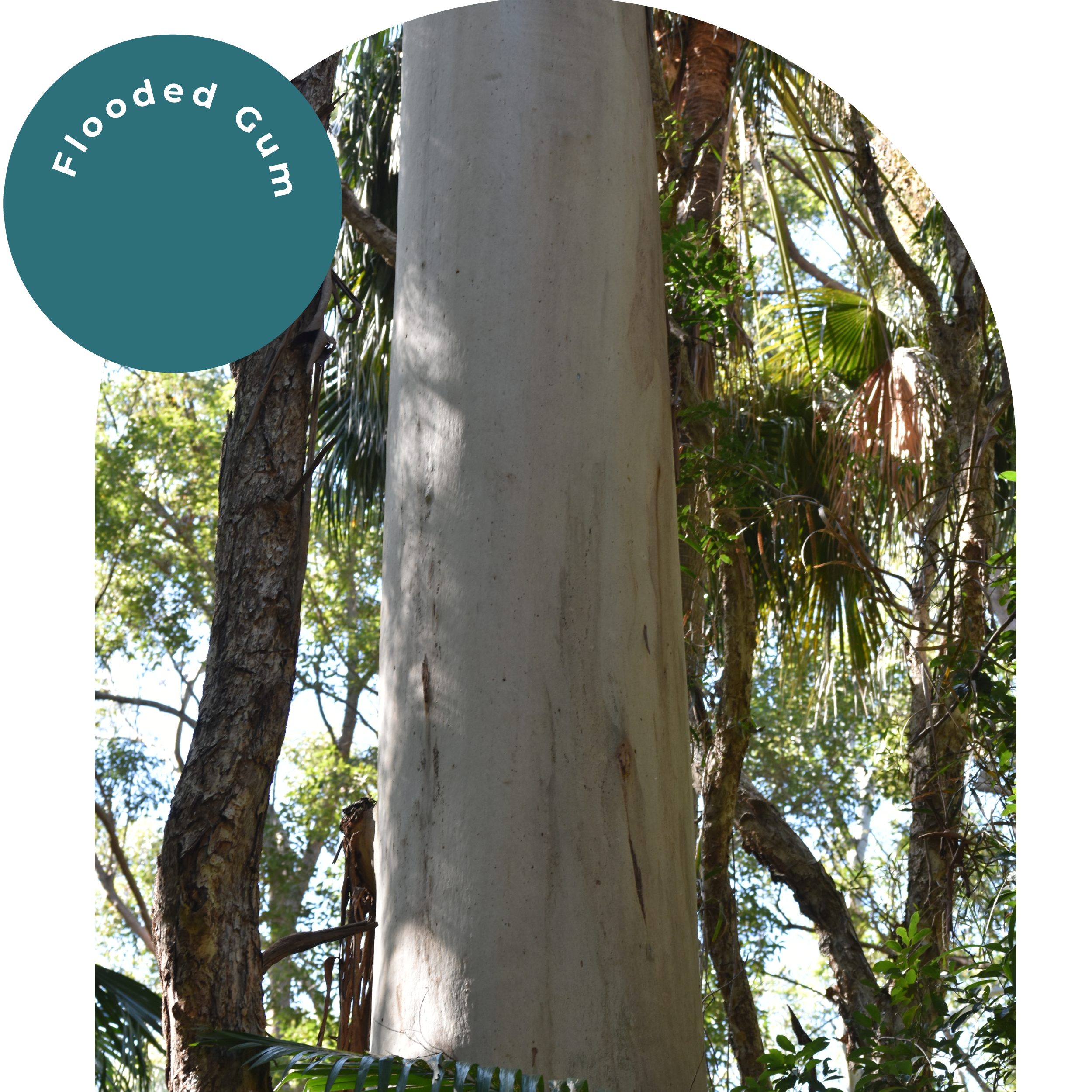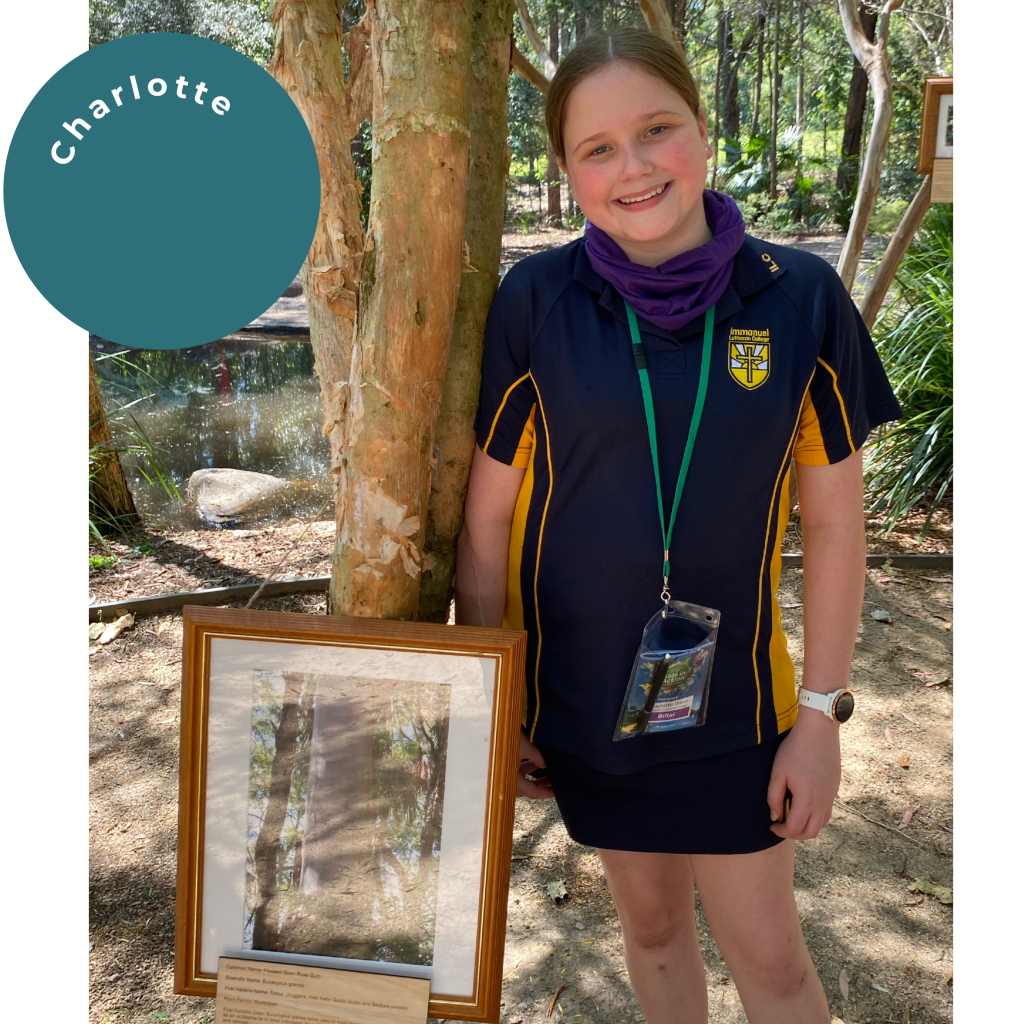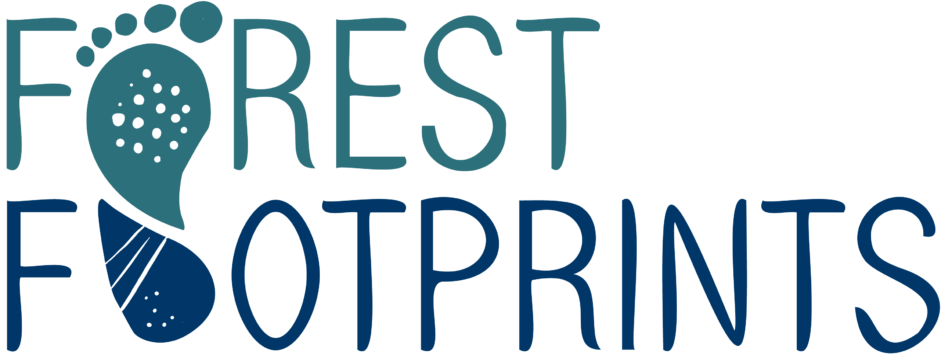Flooded Gum
Eucalyptus grandis
Common Name:
Flooded Gum
Scientific Name:
Eucalyptus grandis
First Nations Name:
Toolur (Yuggera, Kabi Kabi/ Gubbi Gubbi and Badtjala people)
Height:
At maturity, it reaches 50 metres tall, though the largest specimens can exceed 80 metres tall.
Bark:
Eucalyptus grandis has smooth pale bark, and rough, dark flaky bark at the bottom of the trunk.
Leaves:
Eucalyptus grandis has glossy dark green leaves and are paler on their undersides. They are 10 to 16 cm long and 2–3 cm wide.
Flowers:
White flowers appear from mid autumn to late winter from April to August.
First Nations Uses:
Eucalyptus leaves were used to treat illnesses, and were also used as an antibacterial to treat infections. As well as being used to make shelter, tools, and canoes.


Geographical Location:
On coastal areas and sub-coastal ranges from Newcastle in New South Wales northwards to west of Daintree in Queensland.
Conservation Status:
Least concern
Photo & Research by:
Charlotte

Interesting fact:
The rough, flaky bark at the bottom of the tree is called a stocking because it only covers part of the tree at the bottom. The stocking at the base of the tree contrasts with the clean white trunk, giving the impression of a debris line from a recent flood, hence the name ‘Flooded Gum’.
